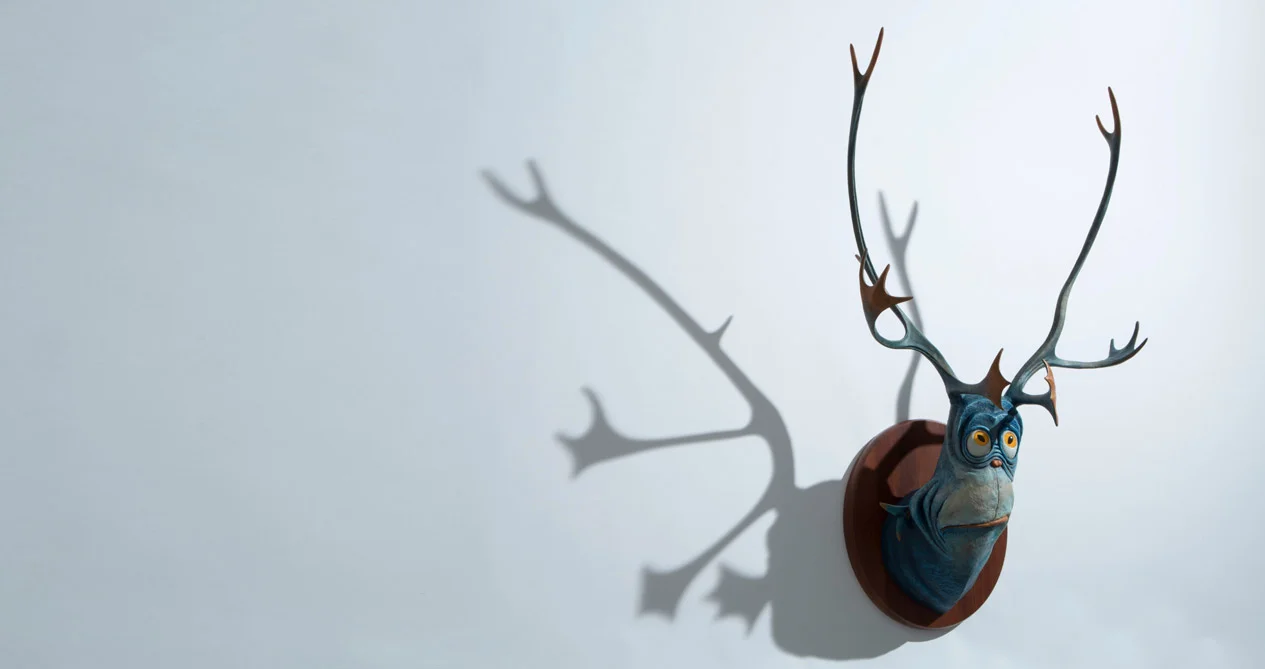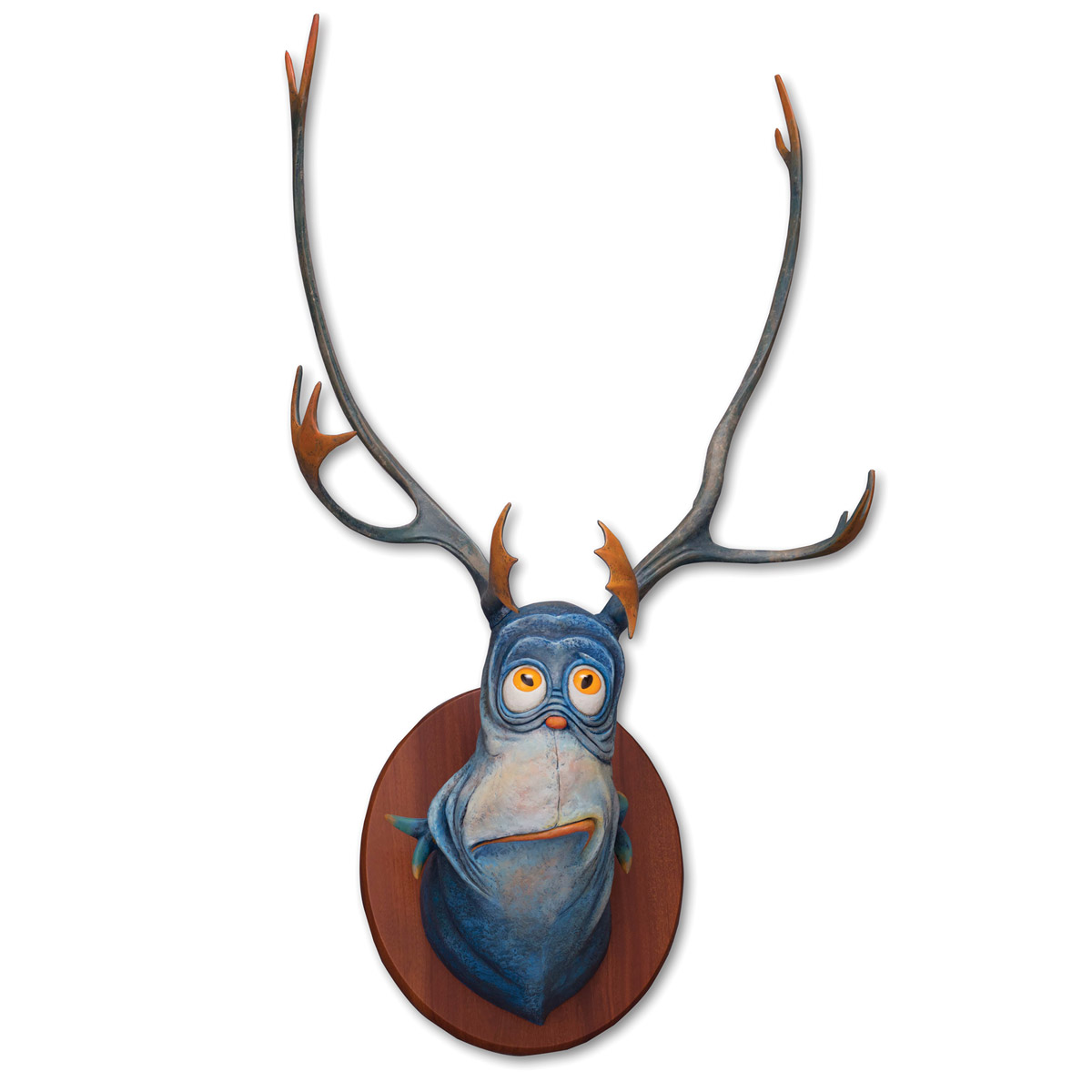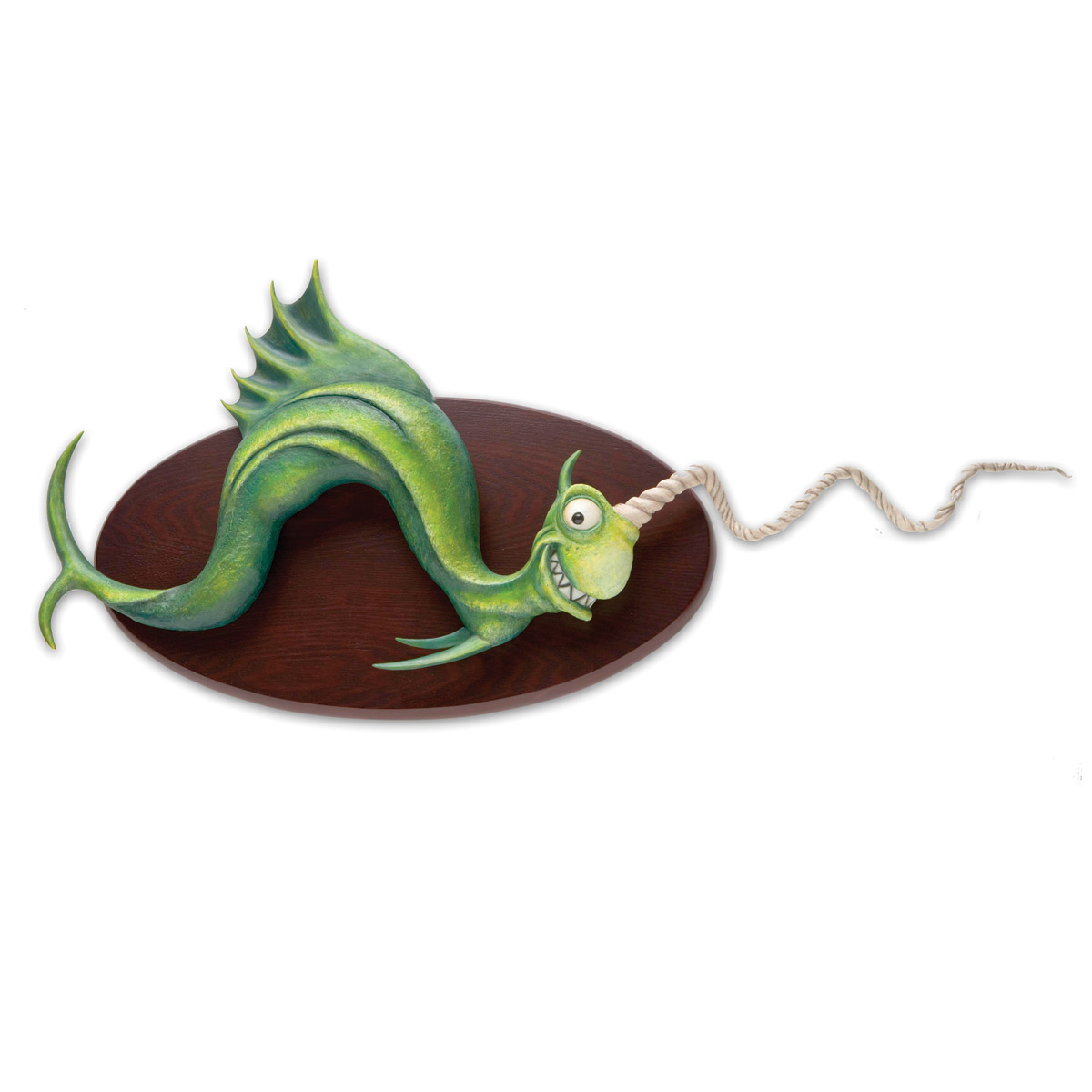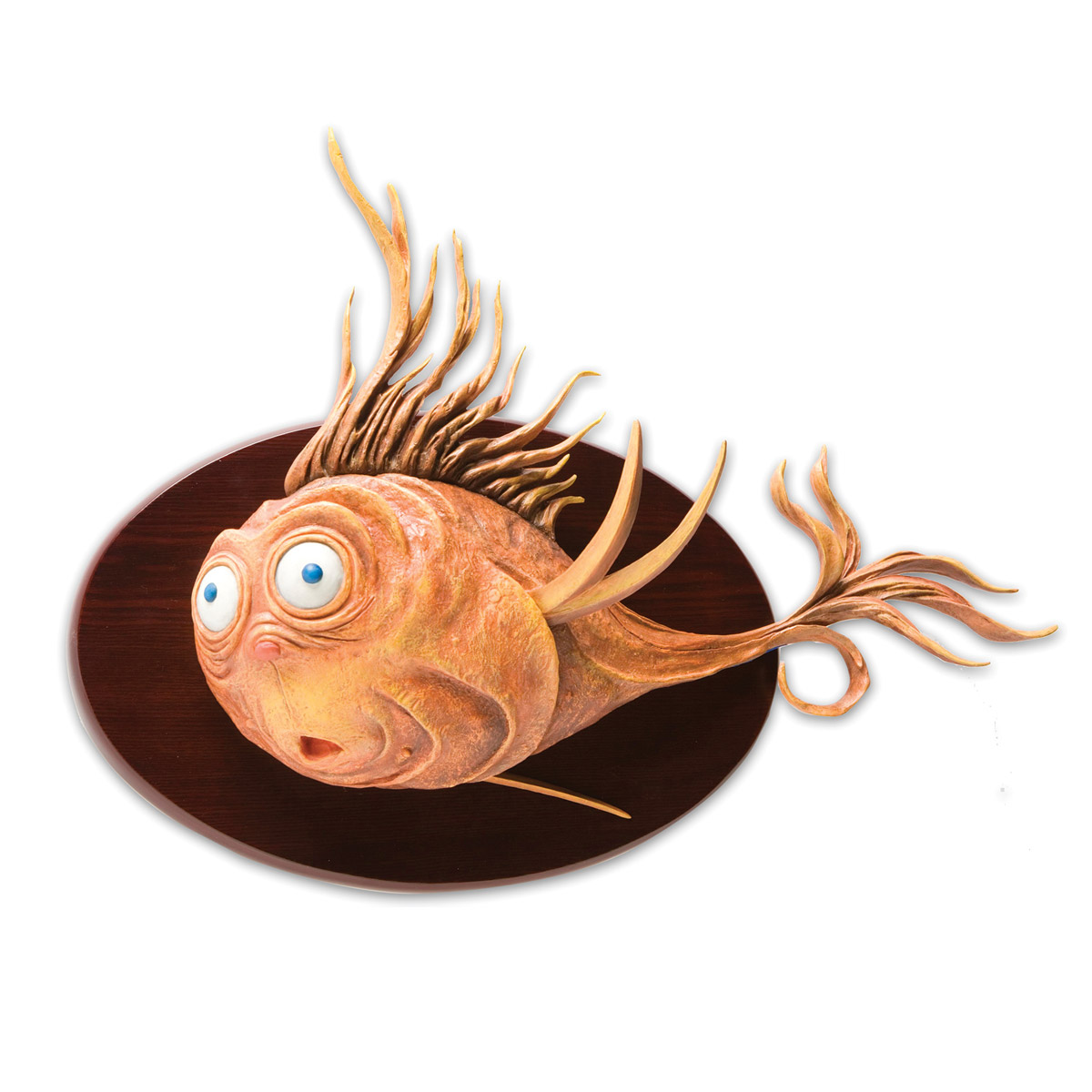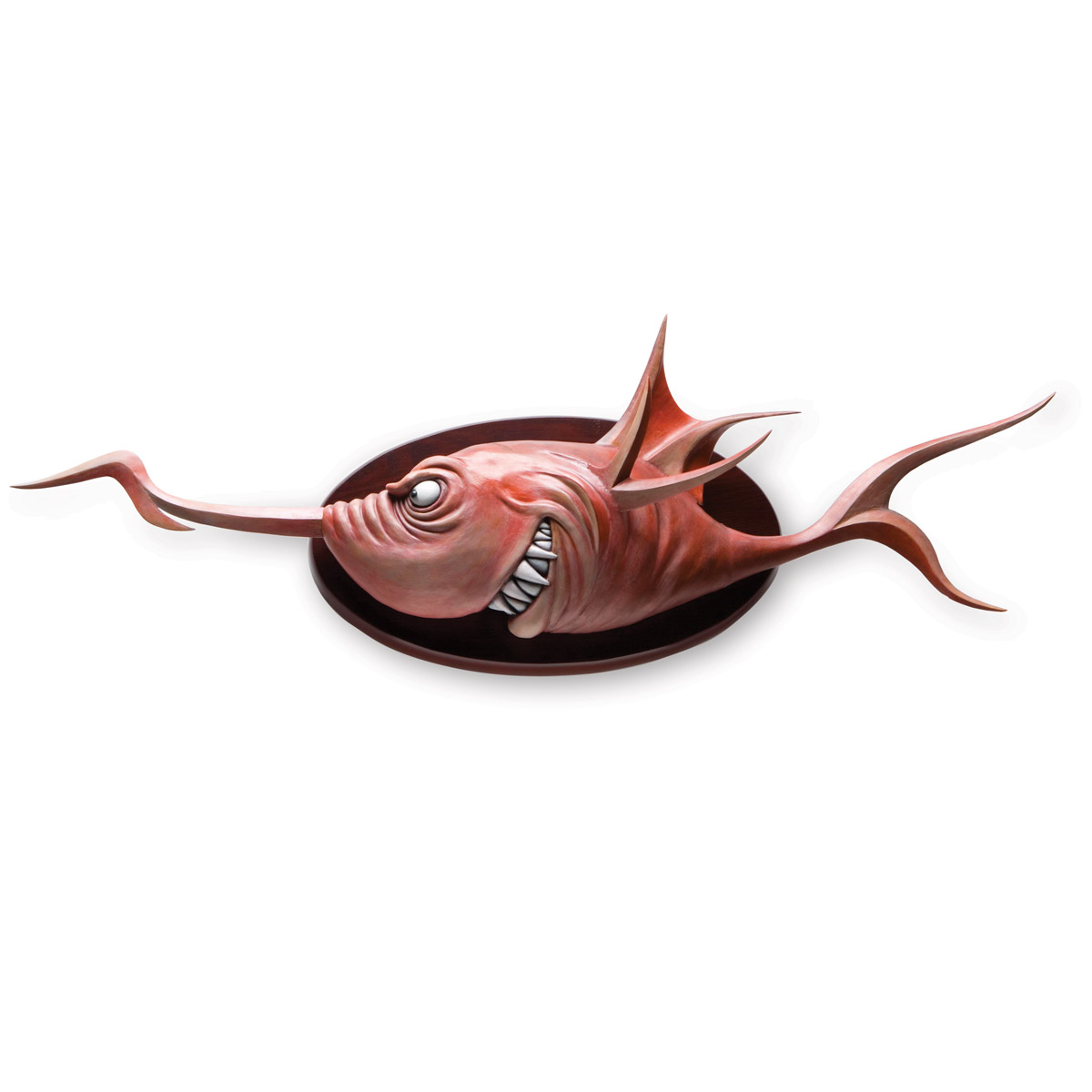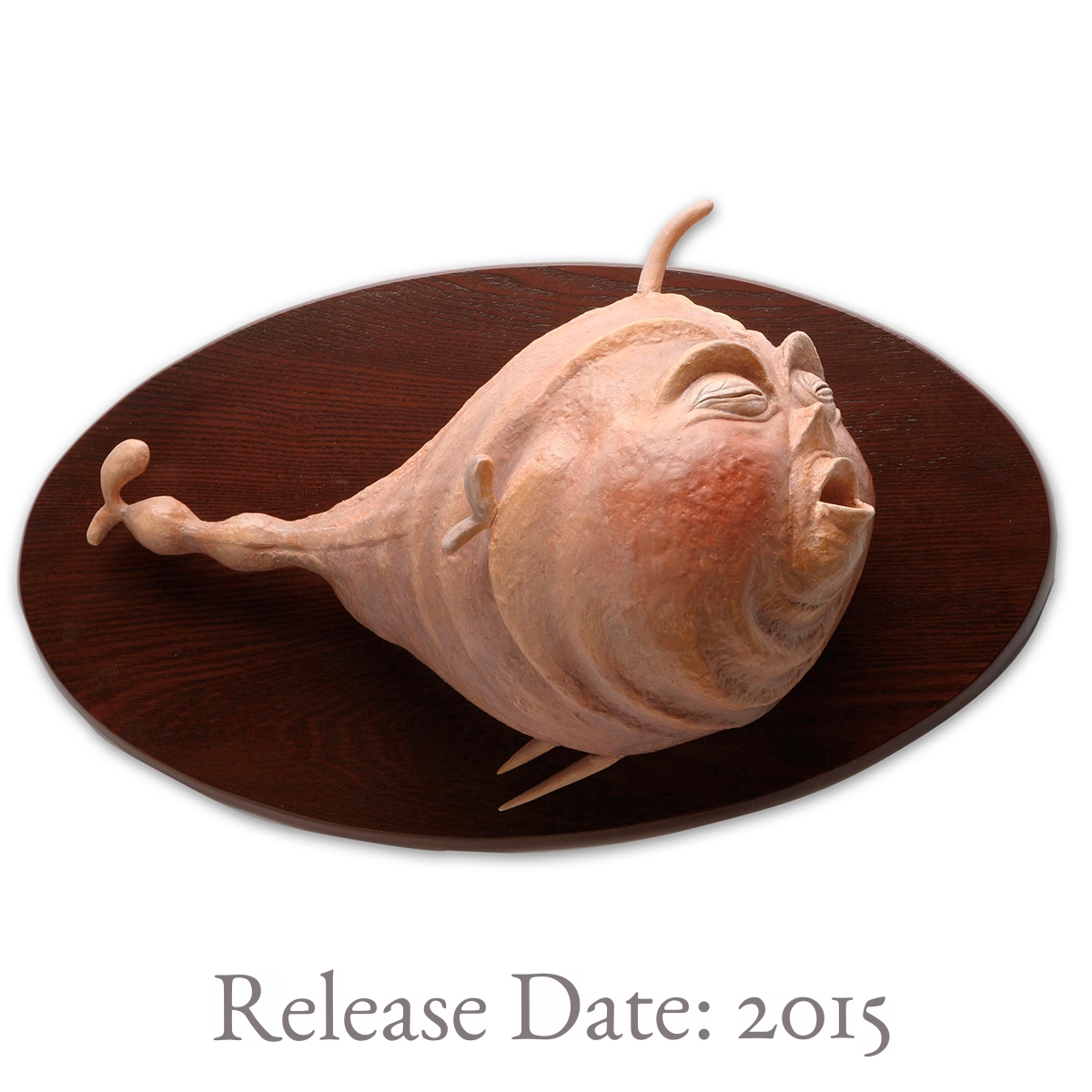So Late So Soon?
Theodor Seuss Geisel’s (aka Dr. Seuss’s) inimitable Collection of Unorthodox Taxidermy is unquestionably one of the most sought-after gems from his diamond mine of artistic treasures.
This astounding body of 17 hand-painted, cast resin sculptures first entered the art world in 1998 with the release of the Blue-Green Abelard, an authorized limited edition adapted from Seuss’ original work, which has realized secondary market pricing as high as $30,000. Today, nearly half of the cast resin taxidermy collection is gone, with several other images quickly approaching sell-out.
“How did it get so late so soon? It’s night before it’s afternoon. December is here before it’s June. My goodness how the time has flewn. How did it get so late so soon?”
Knowing from the outset that access to this prized collection would begin and end within a short span of time, we approach this milestone with mixed emotions. While we are proud to have brought these works into the fine art world, we are sad to see such avant-garde creations come and go quite so soon. With the unveiling of the Sea-Going Dilemma Fish, these cast resin works are one sculpture away from the final planned release. Kudos to the aficionados who have had the foresight and gumption to participate in this artistically innovative body of work. Truly, these works are here today and gone tomorrow.
Lost & Found
Kangaroo Bird on PBS's Antique's Roadshow in 2005
On rare occasions throughout his lifetime, Ted Geisel sporadically gifted artwork to friends or close colleagues. Along with Kangaroo Bird, which appeared on Antiques Road Show in 2005, The Sea-Going Dilemma Fish is one of only two original Dr. Seuss taxidermy sculptures to re-emerge in private collection 80+ years after their creation in the 1930s.
In 2011, the daughter of a veterinarian from Portland, Maine, walked into a San Francisco art gallery and was immediately struck by the similarity between an artwork her father had passed down to her, and the cover image from the newly published Dr. Seuss’s Secrets of the Deep fine art volume (Dilemma Fish, below). While she and her father often speculated that the work in their family’s possession might be an original Dr. Seuss sculpture, it wasn’t until seeing this book that her suspicions were confirmed.
Somehow, Dr. Seuss’s original Dilemma Fish had made its way from his New York City apartment to the wall of a hunting camp near Moosehead Lake, Maine. In the late 1950s, the camp owner decided to give it away and gifted it to a paying guest—the lucky veterinarian from Portland—who proudly hung it first over the family’s fireplace and later in his clinic. As collectors are aware, Dr. Seuss’s Taxidermy Sculptures often incorporate real animal parts. In this instance, the original Dilemma Fish is crowned by an impressive rack of Caribou antlers.
Until the original artwork was recently discovered, the only visual evidence of the Sea-Going Dilemma Fish included black and white and sepia-toned photographs, as well as magazine accounts housed within the Dr. Seuss archives at the University of California, San Diego.
In 2010, a small number of Sea-Going Dilemma Fish sculptures were created for major collections. At that time, coloration of these artworks was based on the early reference photographs and reputed to be along the lines of several sculptures at the Dr. Seuss Estate, including the Two-Horned Drouberhannis and Mulberry Street Unicorn sculptures. An image of this coloration was also included in the Secrets of the Deep and Cat Behind the Hat monographs. With the discovery of the original taxidermy sculpture, the true color qualities of this artwork—slate blue head, carrot-colored button nose, mottled greenish-blue snout, amber glass eyes, and black pupils—were revealed to closely resemble that of the Blue-Green Abelard. The remainder of the Sea-Going Dilemma Fish edition, which commenced in 2014, has been adapted to replicate the original coloration.
Marine Muggs
“From the briny depths of the imagination of the famous designer, Dr. Seuss, comes a collection of the weirdest denizens of the deep ever imagined in the wildest nightmare of a skipper.”
The January 1937 issue of Yachting magazine highlighted Dr. Seuss's Marine Muggs sculptures with these words: "From the briny depths of the imagination of the famous designer, Dr. Seuss, comes a collection of the weirdest denizens of the deep ever imagined in the wildest nightmare of a skipper."
The Marine Muggs collection includes:

